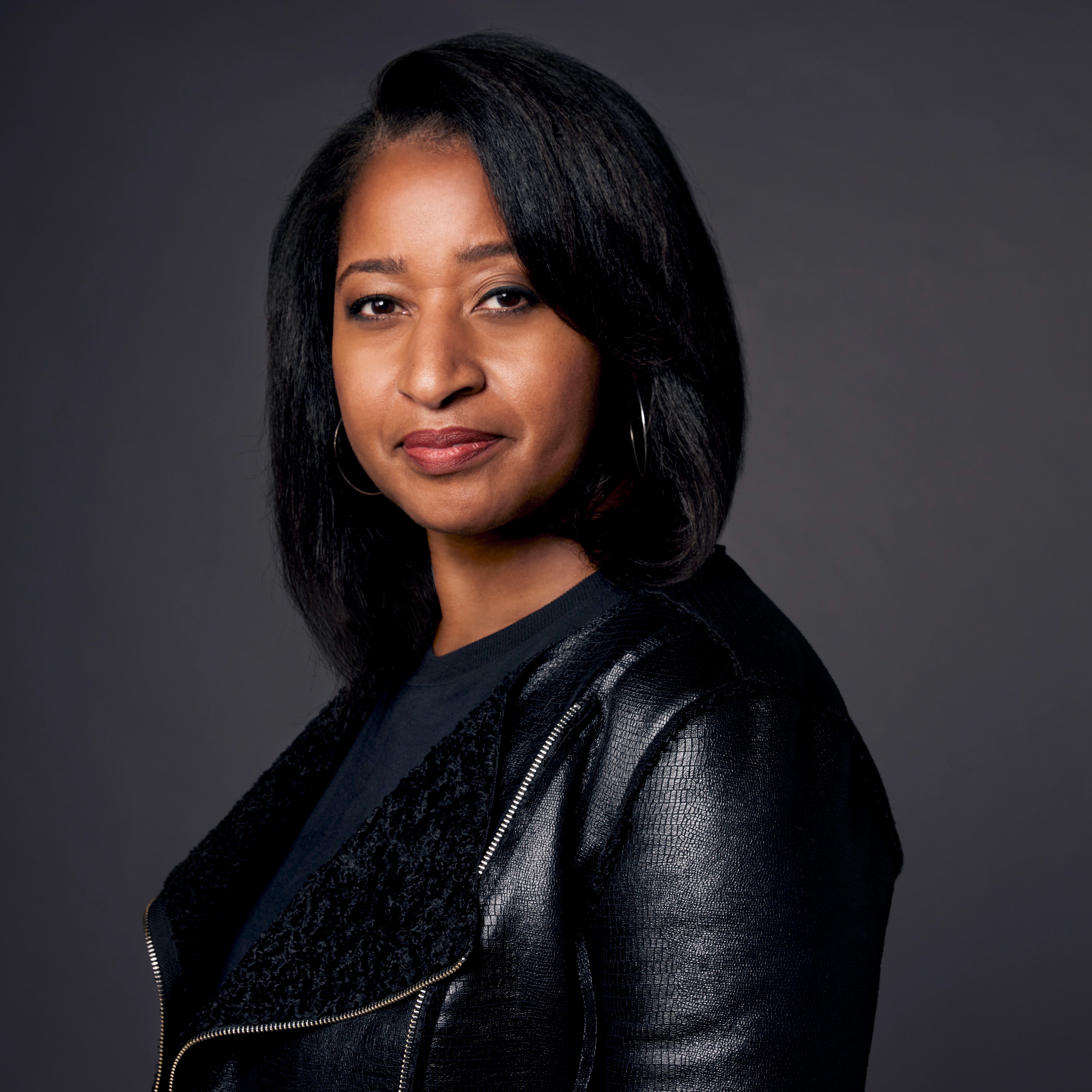OPINION: Trans bodybuilders need a safe space to compete

Bucky Motter has been lifting weights since age 17. At age 45, he began bodybuilding.
“I competed as female. There was no International Association of Trans Bodybuilders & Powerlifters (IATBP) around or I would have competed with trans men,” said Motter, 60, the executive director of IATBP, who identifies as gender queer and prefers the pronouns he, him, his.
That experience wasn’t unlike Motter’s earlier experiences with sports in high school when he tried out for the men’s soccer team at Wheeler High School in Marietta. “That was a big thing for me,” Motter said. “It was 1978 … the school did not have a women’s soccer team.”
Motter ended up running cross country instead but recalled the challenges of reaching puberty and feeling as if he was in the wrong body. “If I had been able to participate in the baseball team instead of the softball team, that would have felt better for me and would have helped me with the heartache I experienced when I transitioned to a more male appearance,” he said.
In the 1990s, Motter, a musician, recorded albums as Angela Motter and resorted to a more feminine presentation. “It was so uncomfortable for me. I felt like I was in drag,” said Motter. He decided to change his appearance but has not had surgery or taken hormones, which would change his voice.
Though Motter no longer competes in bodybuilding competitions due to an injury, he stays connected to the sport through IATBP, which was formally founded in 2019 to give transgender bodybuilders and powerlifters a place to compete in a safe and professional environment.

It has, on the whole, been a pretty remarkable year for transgender weightlifters. This year, with transgender athletes competing in the Olympic Games for the first time, Laurel Hubbard became the first openly trans woman to compete in the sport.
In 2015, the International Olympic Committee created a set of recommendations (currently under review) requiring transgender women to demonstrate testosterone below a certain level (attainable through medication) for 12 months prior to competition. There are no requirements for transgender men seeking to compete.
“There is fear that women who were raised male are going to outstrip every female competitor that they could imagine,” Motter said.
This same fear has played out in the state legislatures across the nation. In Georgia, Senate Bill 266, introduced by Sen. Marty Harbin, would prevent schools from allowing transgender girls to compete in sports that align with their gender identity. The bill stalled in the most recent legislative session.
There are no known cases in Georgia in which a transgender woman took a slot or scholarship from a deserving female athlete.
In her Olympic appearance, Hubbard did not complete any of her first three lifts, which ended her shot at winning a medal.
For years, transgender bodybuilders have competed in competitions — primarily those that do not test for drugs — in stealth mode, not allowing anyone to know they are transgender, Motter said. Organizations have different rules for participation, creating special categories for transgender powerlifters or allowing transgender bodybuilders who have met certain requirements for hormone levels or reconstructive surgeries to compete in general categories.
IATBP spun out of a bodybuilding competition at the FTM (female to male) Fitness Convention in 2014. The organization allows anyone — nonbinary, gender nonconforming and transgender — to compete in whatever category they wish, Motter said.
“We believe anybody who wants to compete can compete,” said Motter. “We should be allowed to compete in the mainstream bodybuilding contests, but the camaraderie that comes from competing with your own people, your own fellows, really creates an environment that helps people go on to the National Physique Committee (the largest amateur bodybuilding organization in the U.S.) if that is what they want to do.”
While Motter was making phone calls to the 30 competitors registered for the IATBP event on Oct. 2, legislators in Texas prepared to convene in a third special legislative session to address (among other items) a bill that would ban transgender students in the state from participating on sports teams.
Jordyn Pollack of Austin, Texas, has become an outspoken activist against the measure and is a supporter of organizations like IATBP that help build a sense of community for trans people. Pollack, 29, said he felt like an outcast and had suicidal thoughts during high school when he was forced to play on athletic teams with girls. He began taking hormones at age 25 once he realized that would help him physically look the way he felt on the inside.
“I wasn’t sure how I felt when the bill first came out,” said Pollack, who is the founder of Ziggy’s Naturals, a CBD company that uplifts the LGBTQ+ community. “Then I started going to the Capitol and meeting people who are dealing with it right now.”
He met a 10-year-old transgender girl who swims on the girls’ swim team but would have to switch to the boys’ team if the bill passed. He also met a 17-year-old transgender boy who wrestles but has only been allowed to compete against girls. “He would go to meets and the other team would forfeit because they didn’t want to wrestle him,” Pollack said.
Pollack notes that many trans men already compete in the NPC against cisgender males, many of whom take steroids so it shouldn’t matter if someone is taking hormones, he reasoned. Still, organizations like IATBP allow transgender people a safe space to engage in an activity they enjoy.

Motter knows how important it is to have that safe space.
“I think we represent the future of transgender powerlifting and bodybuilding,” Motter said. “We have categories based on gender identity and gender expression that create a space for nonbinary and gender-nonconforming athletes. It is pretty groundbreaking.”
Read more on the Real Life blog (www.ajc.com/opinion/real-life-blog/) and find Nedra on Facebook (www.facebook.com/AJCRealLifeColumn) and Twitter (@nrhoneajc) or email her at nedra.rhone@ajc.com


